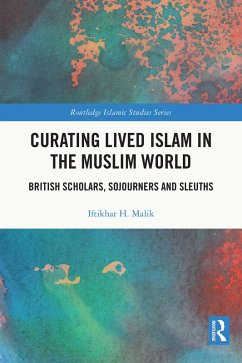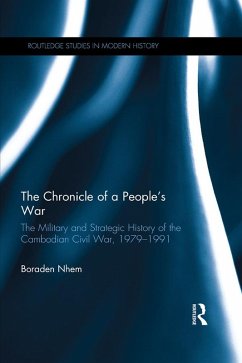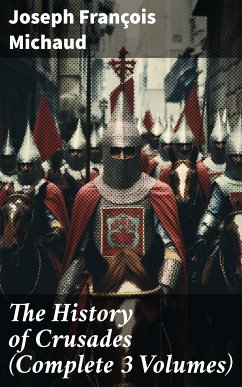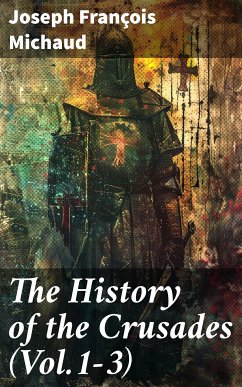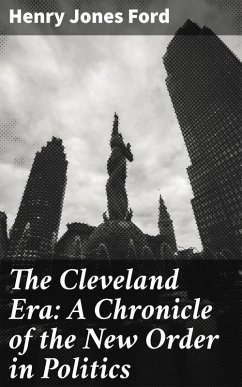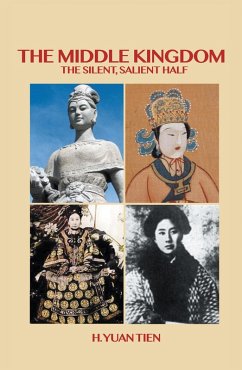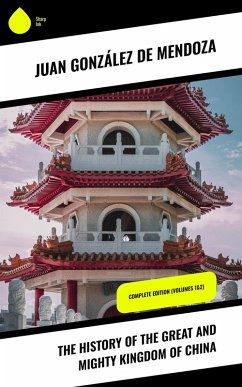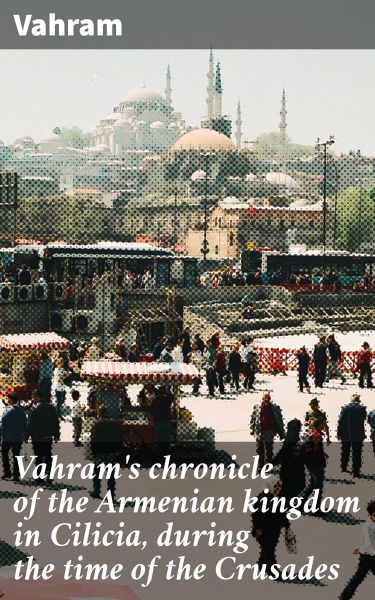
Vahram's chronicle of the Armenian kingdom in Cilicia, during the time of the Crusades (eBook, ePUB)
Insights into the Armenian Kingdom of Cilicia Amidst the Crusades
Übersetzer: Neumann, Karl Friedrich

PAYBACK Punkte
0 °P sammeln!
Vahram's Chronicle of the Armenian Kingdom in Cilicia during the Time of the Crusades is a remarkable historical narrative that intricately weaves the complexities of Armenian identity with the broader tapestry of the Crusades. Employing a vivid literary style that combines rich descriptions with poignant reflections, Vahram provides readers with an immersive experience of a tumultuous era. The chronicle offers critical insights into the political machinations, social dynamics, and cultural exchanges that defined Cilicia as a vital crossroads of Christendom and the Orient, marking its signific...
Vahram's Chronicle of the Armenian Kingdom in Cilicia during the Time of the Crusades is a remarkable historical narrative that intricately weaves the complexities of Armenian identity with the broader tapestry of the Crusades. Employing a vivid literary style that combines rich descriptions with poignant reflections, Vahram provides readers with an immersive experience of a tumultuous era. The chronicle offers critical insights into the political machinations, social dynamics, and cultural exchanges that defined Cilicia as a vital crossroads of Christendom and the Orient, marking its significance in medieval history. Vahram, a contemporary of the events he documents, was both a chronicler and a participant in the events surrounding the Armenian Kingdom, lending authenticity to his narrative. His background as an Armenian historian and cleric in a time of great upheaval shaped his perspectives, allowing him to document not only facts but also the human experiences behind them. His unique vantage point is essential for understanding the survival and resilience of Armenian culture amid the pressures of external invasions and internal conflicts. This book is a must-read for historians, scholars, and enthusiasts of medieval studies, as it not only provides a valuable account of the Armenian Kingdom but also enriches our understanding of the Crusades. Vahram'Äôs meticulously crafted narrative is a treasure trove of insights, inviting readers to engage deeply with the complexities of national identity and the interplay of cultures.
Dieser Download kann aus rechtlichen Gründen nur mit Rechnungsadresse in A, B, BG, CY, CZ, D, DK, EW, E, FIN, F, GR, H, IRL, I, LT, L, LR, M, NL, PL, P, R, S, SLO, SK ausgeliefert werden.





